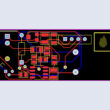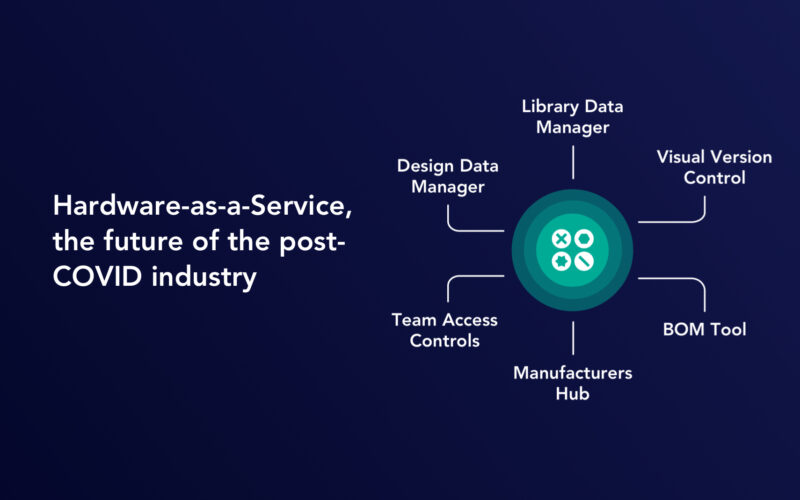Why is Bill of Materials so important? Do you know how much work goes into getting a product to production? I’m sure you would agree, it’s more than meets the eye. I wouldn’t say it’s 80/20 but it probably comes close. 20% of the effort provides 80% of results, which leaves us with only about a 20% margin for error when bringing a new product to mass production. The most critical step in the process of getting a product to completion is having Bill of Materials that are understood by procurement, suppliers, manufactures and internal team.
Bill of materials (BOM) is a list of the components needed to build a product. A BOM serves as the single source document for sourcing, purchasing, receiving and inspection. The goal of each and every PCB designer is to make a bill of material that meets the right standards. This includes components being ordered from various sources (manufacturers, distributors) and assembled in one or more assemblies (in multiple manufacturing operations). For instance, if you have an assembly that contains parts from 20 suppliers, it will take time to assemble all the components as you receive and stock them.
Lets try to understand how bill of materials is used in different departments:
- Engineering uses BOMs to identify PCB of the product. It is used for design purpose and includes all the components of the product and the technical data from the design point of view. The document evolves as the design evolves.
- Procurement uses BOMs to understand calculations and requirements of all the components from the production and assembly point of view. This includes lead times, inventory etc.
- Manufacturing uses BOMs to identify the components to fit into the manufacturing process. This leads them to change or add special processes to allow for flexibility on non-standard cases.
If BOM does not meet the standards or understandings of various departments that use it, then it must be re-visited or restructured.
The aim of the BOM is to make things simpler and clear up some of the mess which can occur when dealing with complex parts with multiple sub assemblies and components, however beware this simplicity can be highly deceptive, while managing BOMs is straight forward, optimizing anything where those BOMs, e.g. in other project, are involved becomes considerably harder. An example of that is multiple interconnected components which all have their own individual constraints such as stock level lead times and service levels, so this introduces much higher degree of complexity which can be enough to make your head spin. So this is where optimizing the entire bill of materials to a certain extent should be better than optimizing the single component that has lots of constraints.
As an individual on a team from any department that is eventually involved in the BOMs process needs to understand the stakeholders involved and how the information is available for all of them in a collaborative way. As we know BOMs are an evolving document so it should be updated and checked on regularly. To allow for product manufacturing to go smoothly, its a good idea to have the following in your collaborative iterative process:
- Analyze and identify constraints from a design, procurement and manufacturing perspective. This includes low cost alternatives for expensive components and spotting components that have an end of life (EOL), not recommended for new designs (NRND), or obsolete (OBS) status.
- Examine long lead times that could result in inventory issues and validate part numbers with part descriptions to ensure the PCB is built with the intended parts.
- Monitor ongoing assemblies with the status of components to get advanced warnings and also generate reports or documents between various stakeholders to iterative make the BOM better and not have any problems in manufacturing.
Providing attention and care to every detail of the process ensures the product is built to the right standards.
Keep in mind that since PCBs are getting smaller, more and more complicated and the physical isolation between adjacent high speed devices is getting closer. There are also very complex metal stackup design. To assure the reliability of your products, the quality of the raw materials must be very good. Also, if you want to control your product cost the PCB manufacturer’s end-to-end supply chain cost must be monitored as mentioned before.
When looking at supply chain each component supplier is slightly different. Some will have a much faster lead times than others. Some will even have cheaper prices than their competitors. You want to look at the entire picture when purchasing your components for your product PCBs. You need to check the price of them while keeping in mind the shipping cost or purchasing the components in bulk.
In all this without complete and correct information, it can cause confusion as to what is actually needed to build the board. This where better tooling comes in to allow for a centralized spot to collaborate and manage all the information of the product with its BOMs.
Check out Inventhub’s tutorial on how to easily create, generate and update BOMs in a collaborative way.








